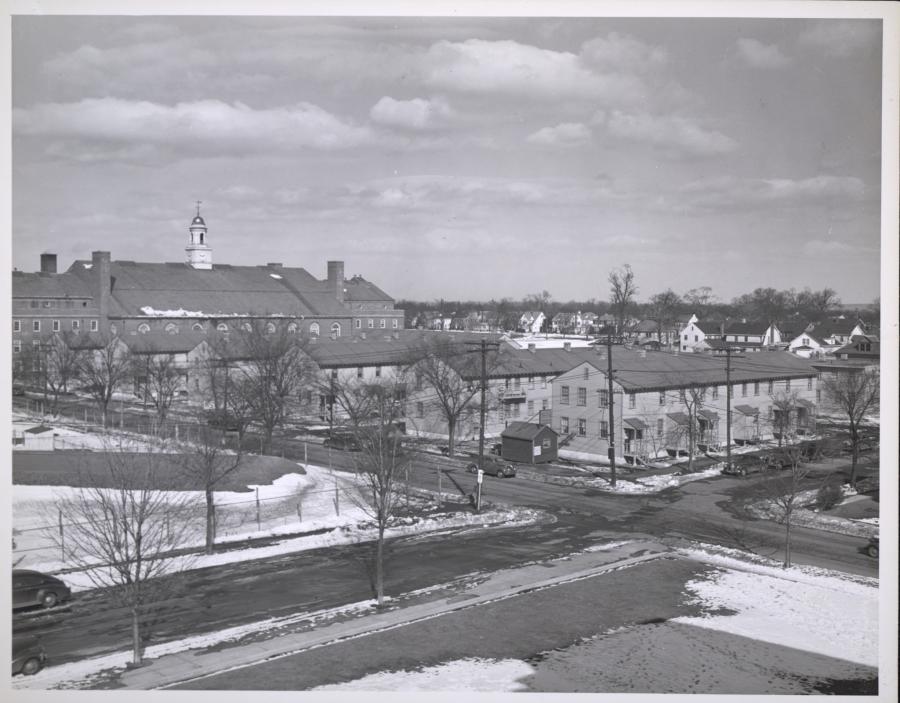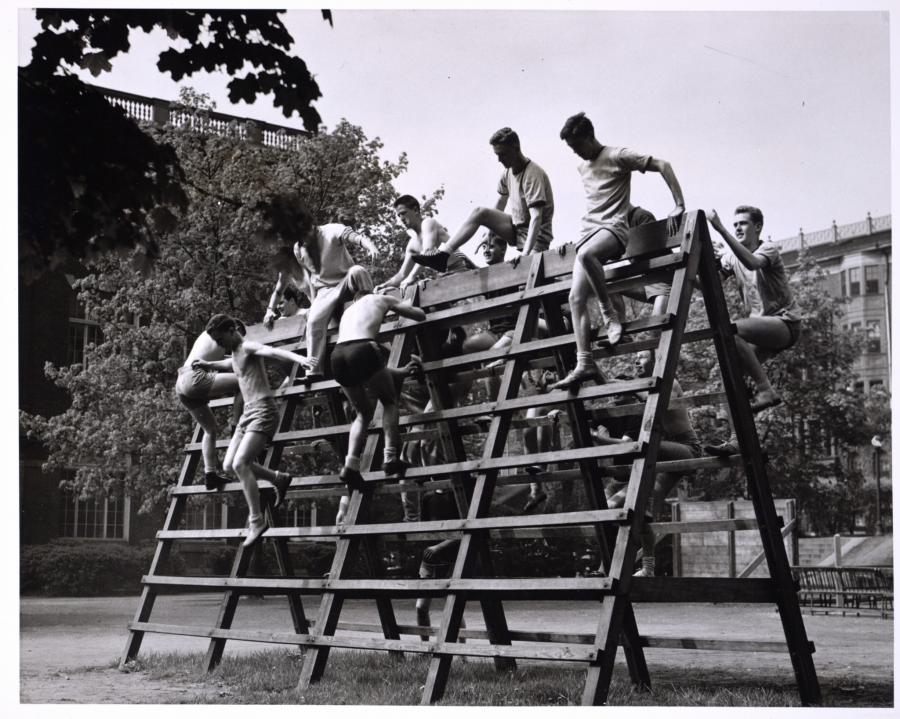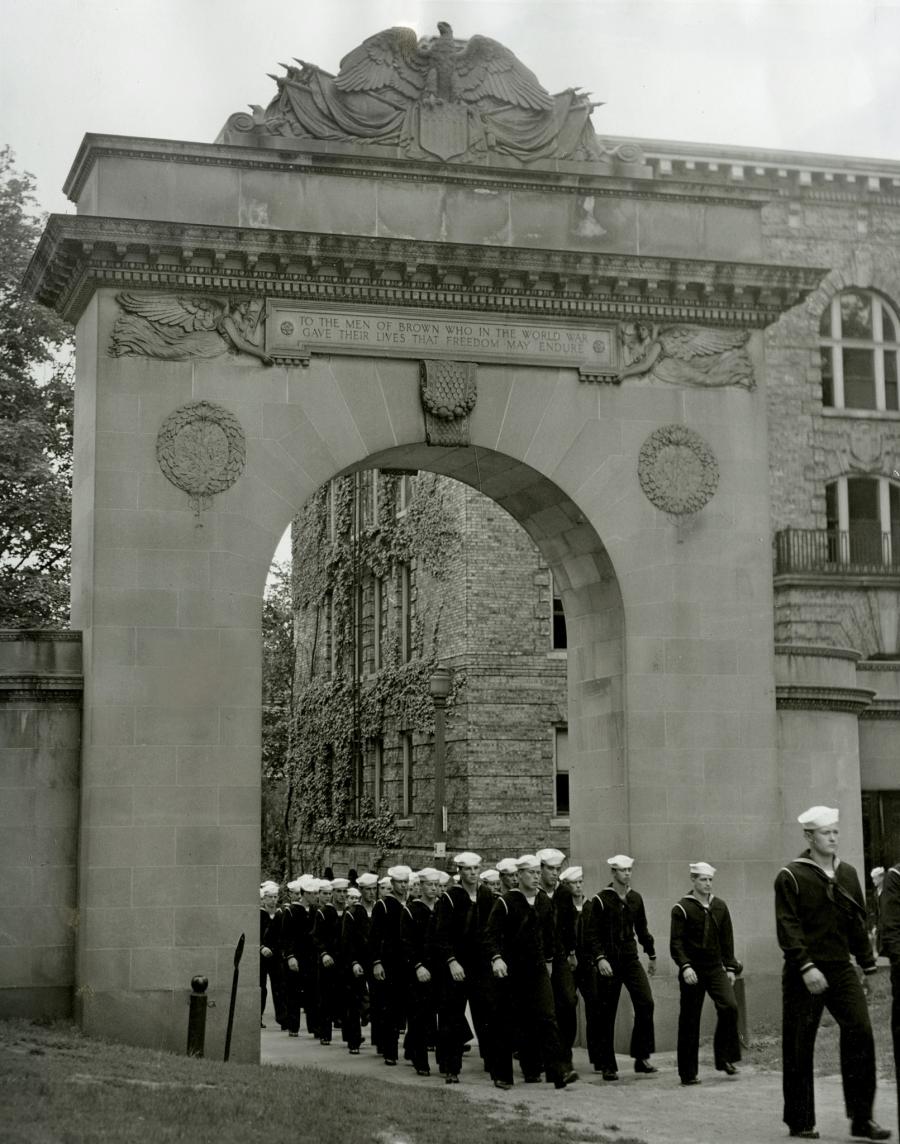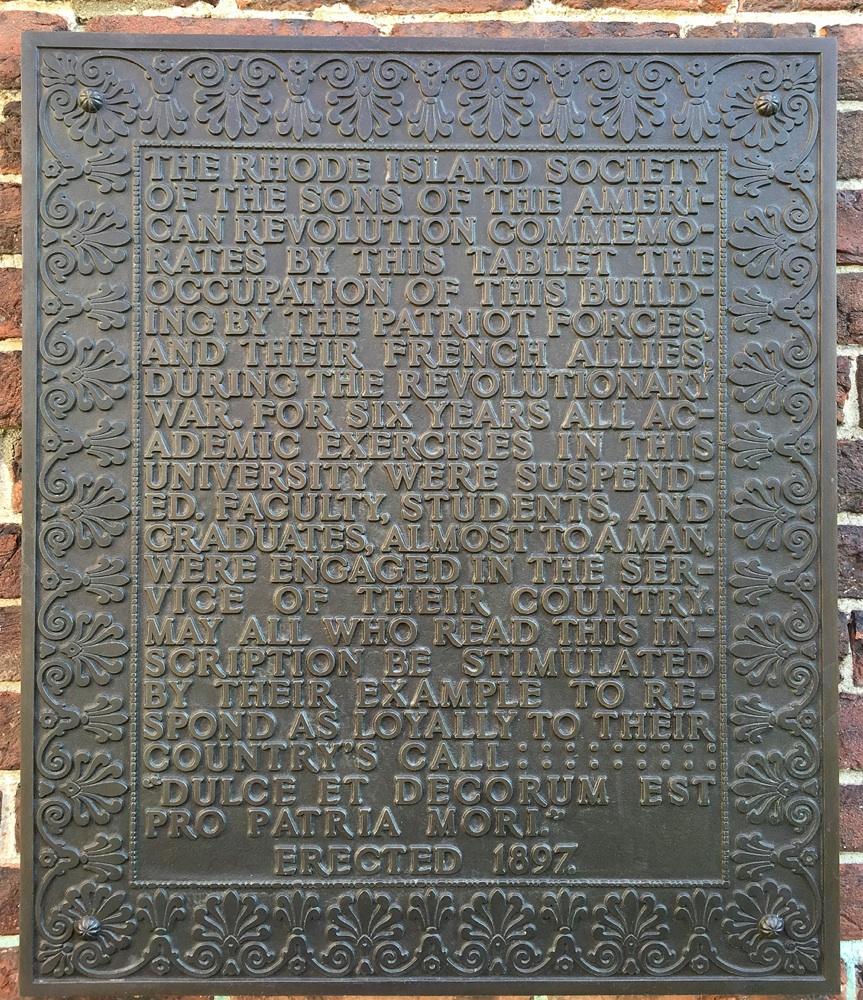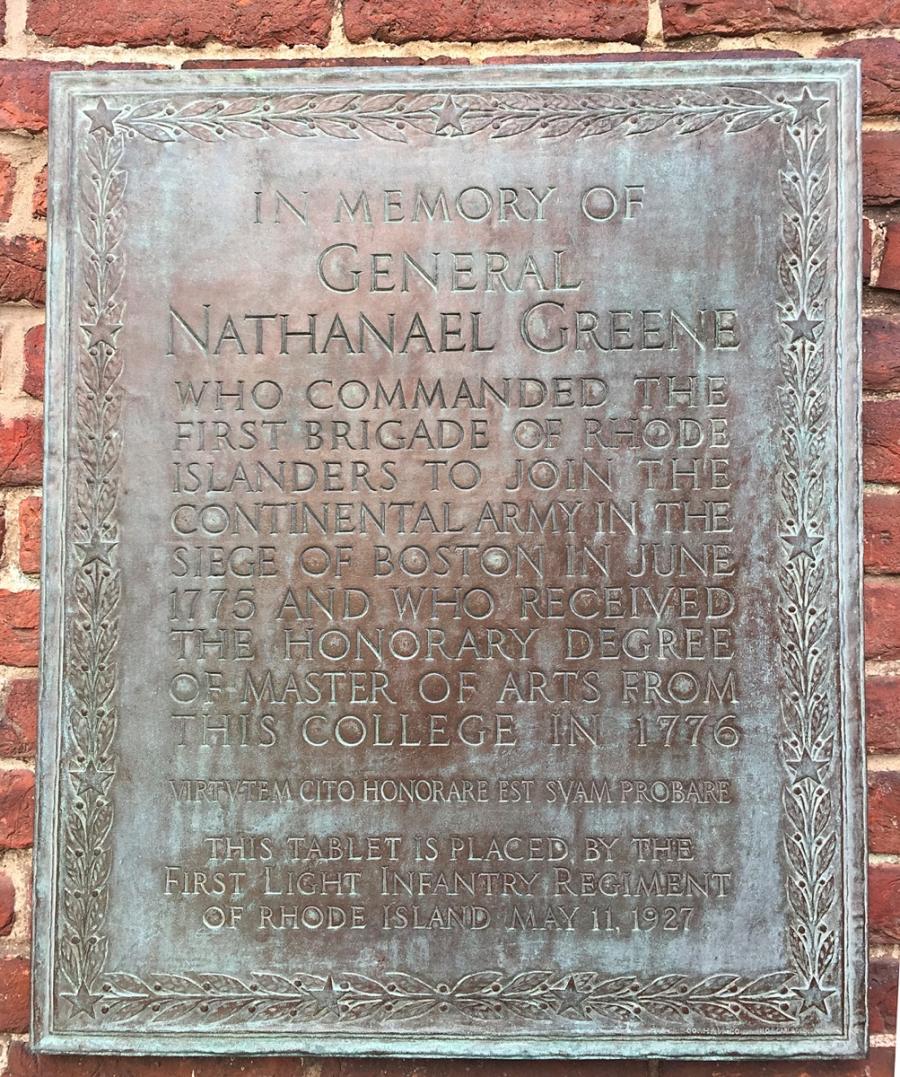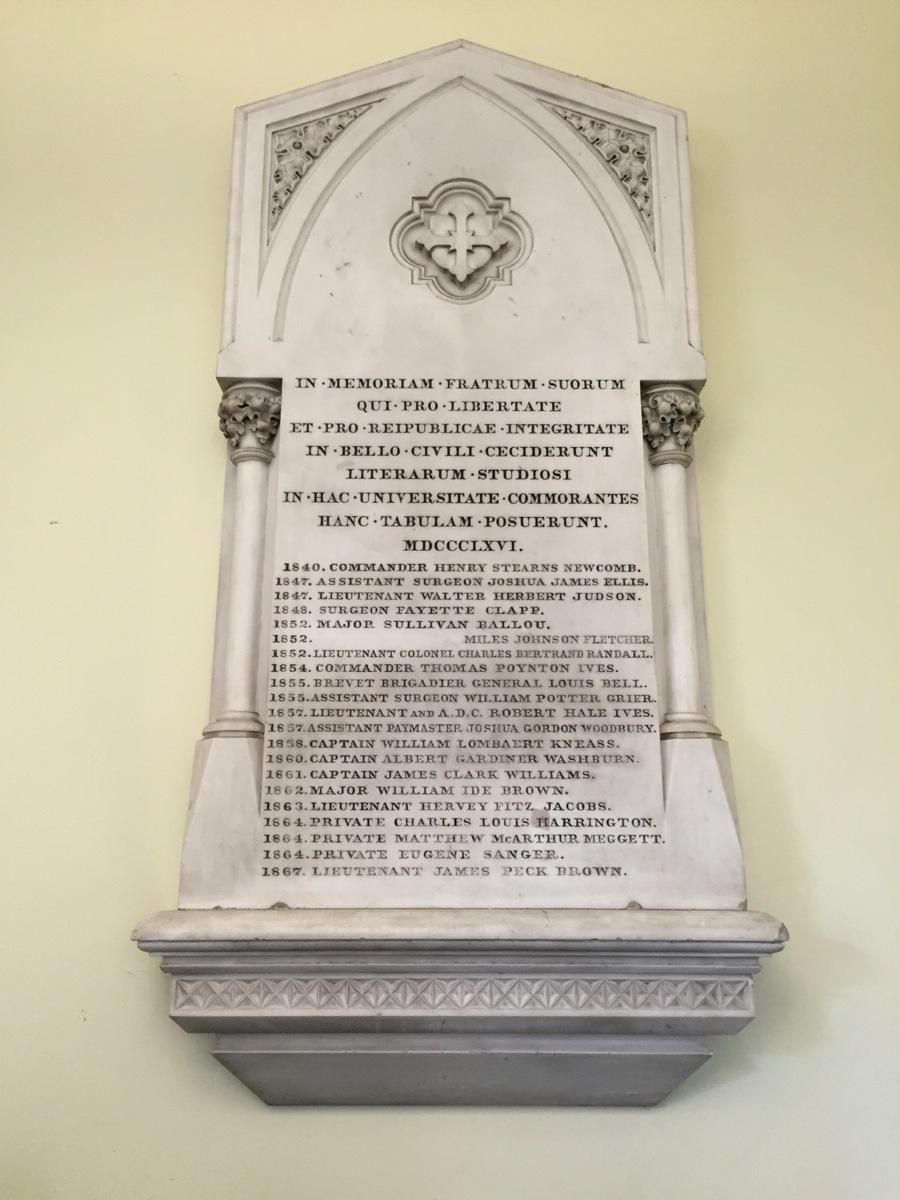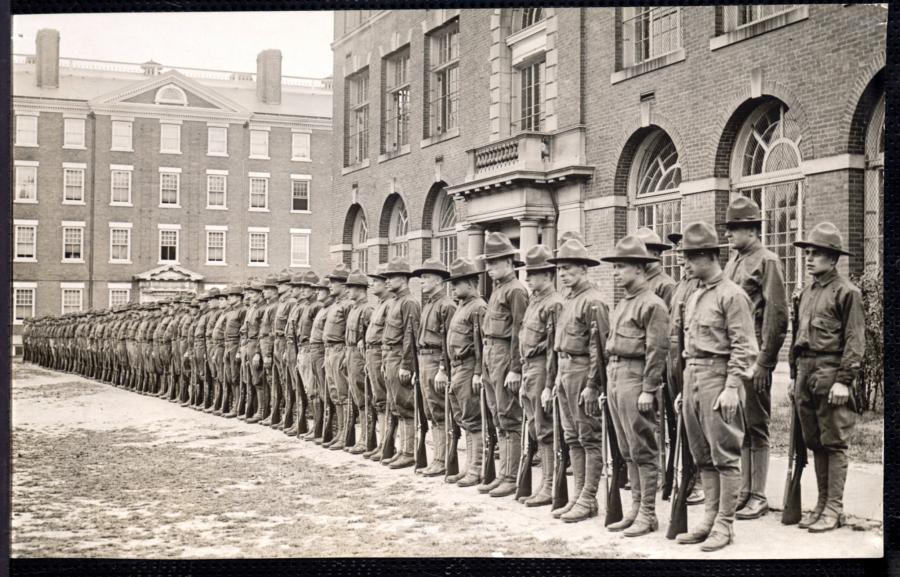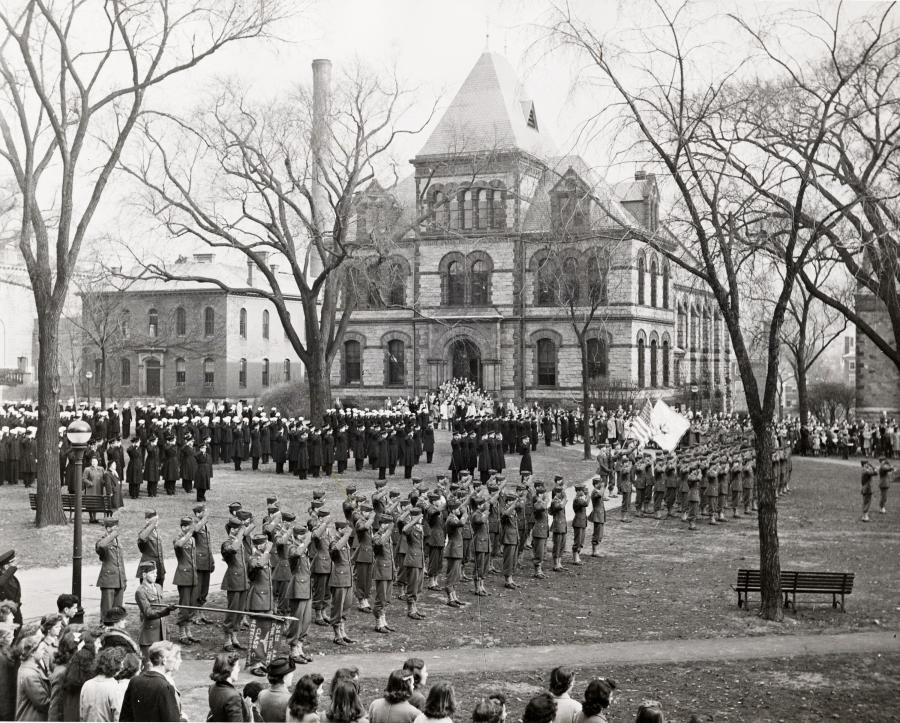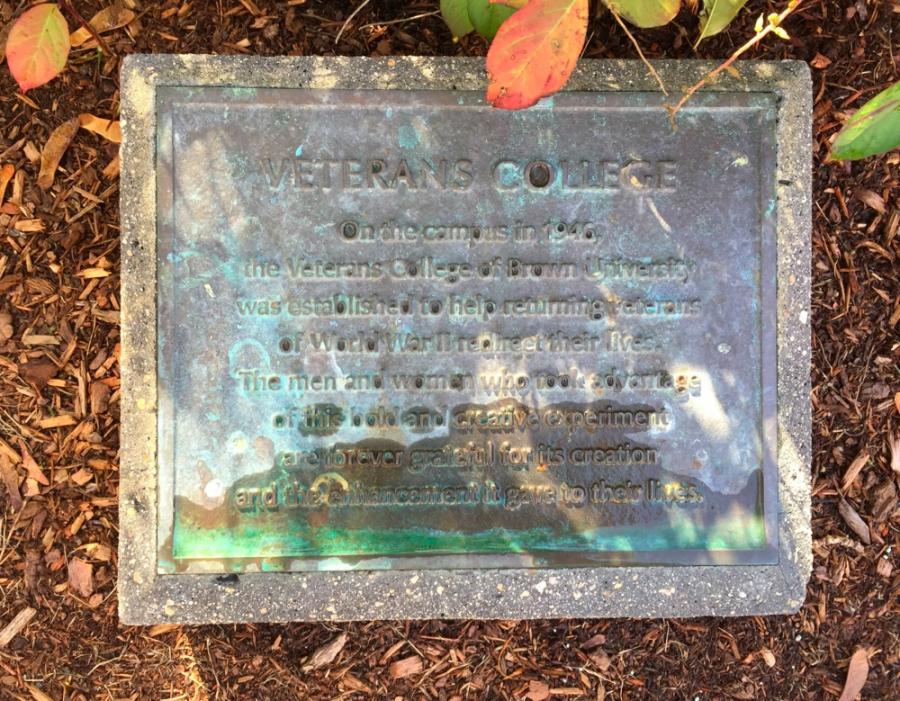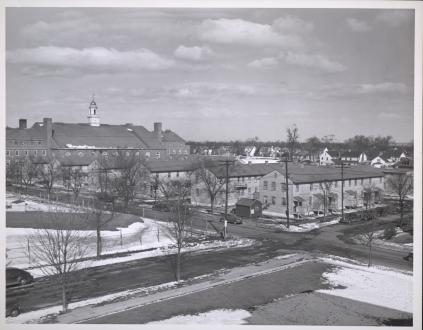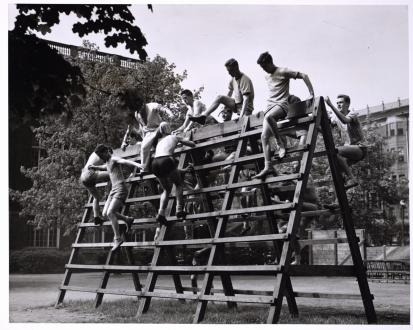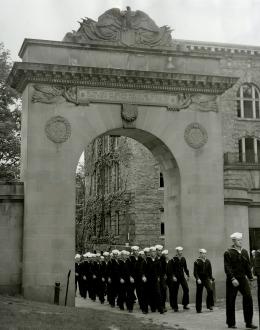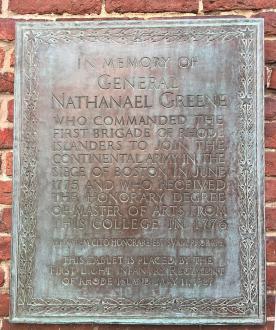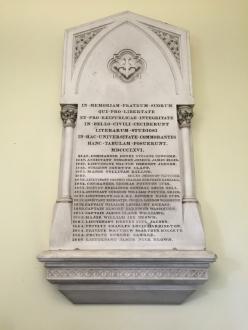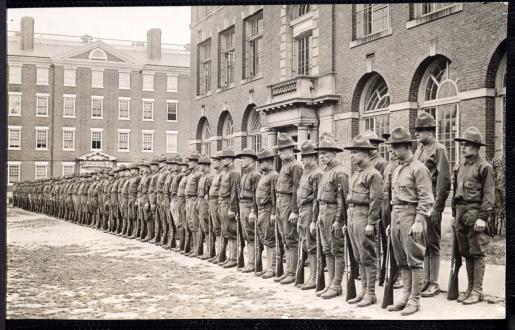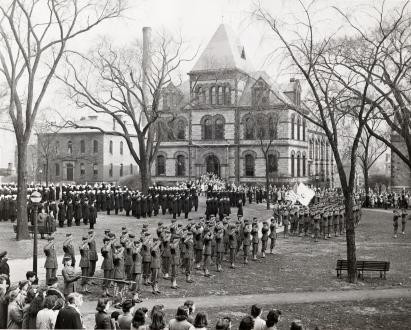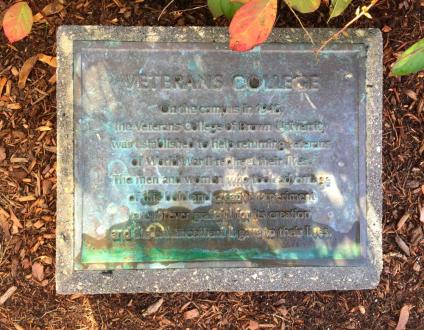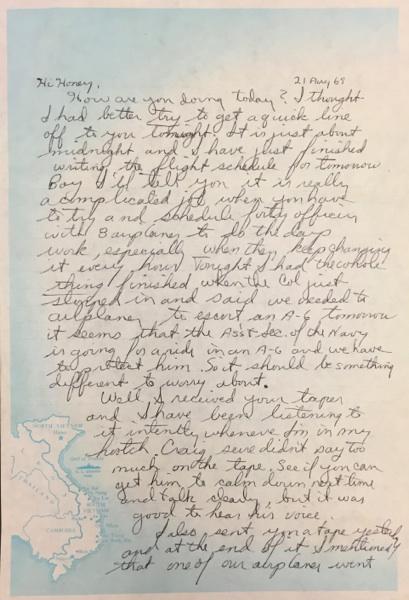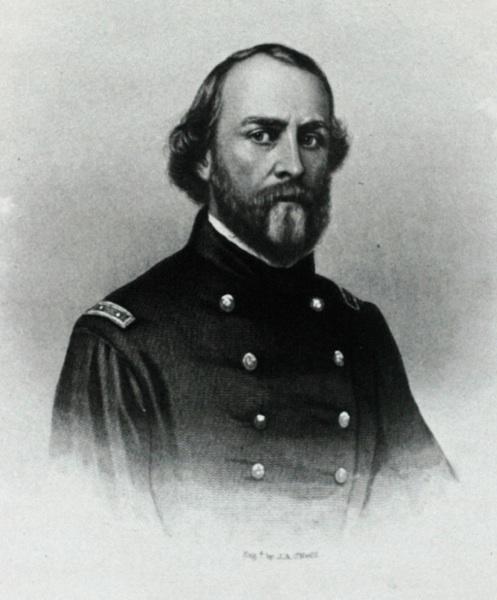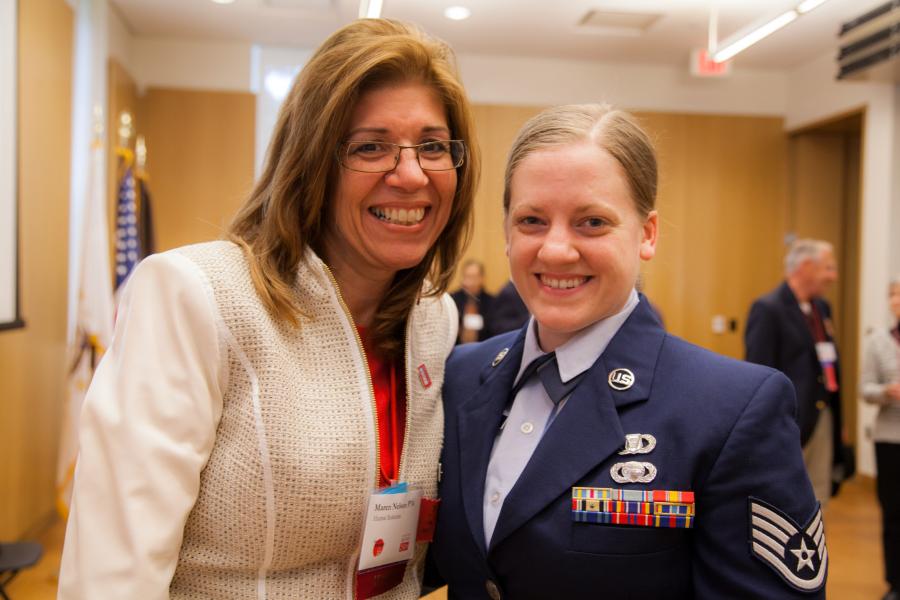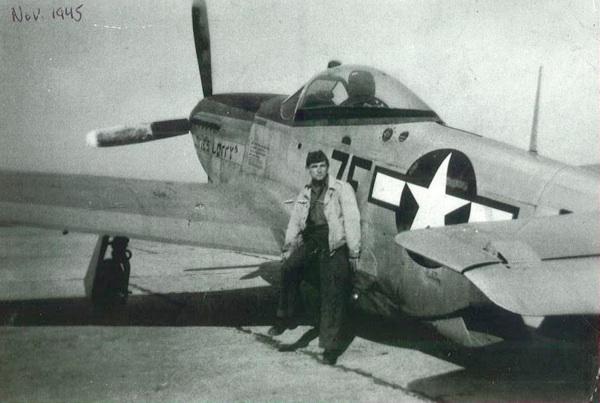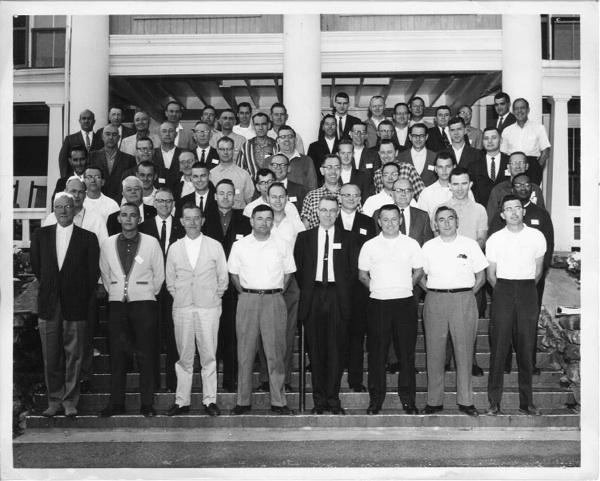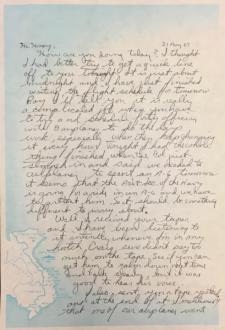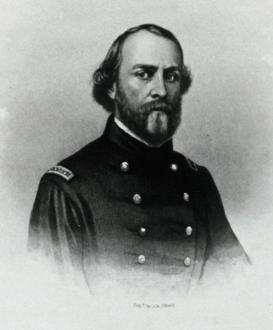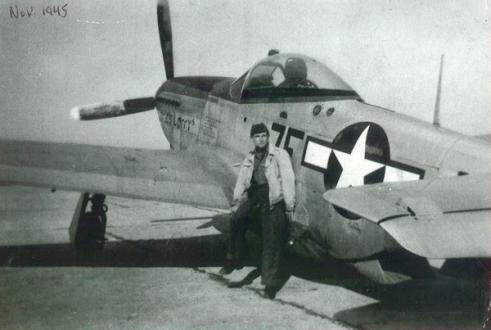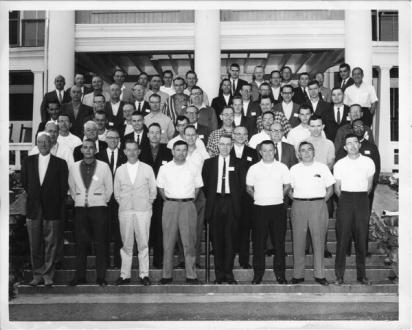Founded on the eve of the American Revolution, Brown University (then called Rhode Island College) has served as a place of learning and employment for both veterans and those who would go on to serve in the military. The presence of their stories on campus is not always evident to those passing by. In honor of Veterans Day and our veterans, we shine a brighter light on these important stories contributing to Brown's 250-year-old history.
Places That Hold History
On campus, many of us regularly make our way through a most impressive monument: the Soldiers Memorial Gate. Built to honor the 42 Brown community members who lost their lives in World War I, the monument is dedicated: “To the men of Brown who in the World War/ Gave their lives that freedom may endure.” And just steps away there are other, less visible, monuments to those who served.
Just inside the gate on the Ruth J. Simmons Quadrangle (formerly Lincoln Field) sits the War Memorial installed in 1997 to honor the 205 Brown alumni who died in World War II, Korea, and Vietnam. A bronze trellis with climbing roses softens the square granite and marble blocks. The poignant inscription reads: “Here we remember each of them/ Our friends, classmates, and students/ Their voices stilled/ Their futures lost”.
Although the celebration of Veterans Day dates to the recognition of the armistice at the end of World War I, Brown’s connection to the military and wartime goes back nearly to its founding. The exterior wall of University Hall, the oldest building on campus, hosts a plaque honoring the Revolutionary War service of Brown faculty, students, and alumni. With British troops landing in Newport, the campus was commandeered in December 1776. University Hall (then the College’s only building and called the College Edifice) served first as a barracks for Continental troops and then as a hospital for French soldiers. The building needed extensive repairs when it was handed back nearly six years later when classes resumed in 1782. Inside nearby Manning Hall, a plaque honors the 21 Union soldiers from Brown who died in the Civil War (in all, 294 alumni and students served in the Union ranks and 24 in the Confederacy).
Next to Hegeman Hall, a plaque recognizes the post-World War II creation of the Veterans College at Brown (see an in-depth account of the Veterans College here). After the war, Brown accepted nearly 500 men and women encouraged by the G.I. Bill to pursue college studies through this special program. Exceeding expectations, almost all of the students went on to pursue full degrees, with 142 pursuing their degrees at Brown (three of those at Pembroke).
Nearly any walk through campus crosses paths with the places that soldiers and sailors trained at Brown to serve their country. During World War I, the majority of the student body consisted of enlisted men on active service and the University adopted a War Department-approved curriculum. During World War II, the campus again became a military training ground and studies proceeded at an accelerated pace to prepare men for war:
The armed forces need a steady flow of educated personnel. To this end, the Secretaries of War and of the Navy have issued a joint statement which first emphasizes that the country can no longer afford to have young men proceed with their education at the regular tempo, and second, urges those who are willing to put forth an intensive effort to continue in college.
–Brown University President Henry Merritt Wriston, Summer 1942
Their Stories
The stories of Brown’s veterans are as varied as the veterans themselves. Some left Brown to fight a popular war, others to fight an unpopular one. Some served their country in the Army, Air Force, Navy, or Marines and then returned as RUE (Resumed Undergraduate Education) students. Others served and then came to College Hill as staff members, some of those staying at Brown for decades.
Explore their stories below:
“My Brown education prepared me to be an officer and serves as the foundation for the legal advice I provide to commanders on difficult issues of international law and criminal law – tremendously demanding and challenging work,”
–Laura Klein ’89, Judge Advocate General, U.S. Army
Today’s Voices
In 2014, there are 25 self-identified Veterans enrolled at Brown, men and women who attend the College, Graduate School, and Medical School. All are veterans of the wars in Iraq and Afghanistan. This year, as for the last five years, members of the Brown community, Brown’s President, and members of Rhode Island’s legislative delegation will gather for a procession and ceremony to honor those from the Brown community who have served and sacrificed.
“We would not enjoy the freedoms and opportunities that we do today were it not for their dedication to the greater good.”
– President Christina Paxson at the 2013 Veterans Day ceremony


